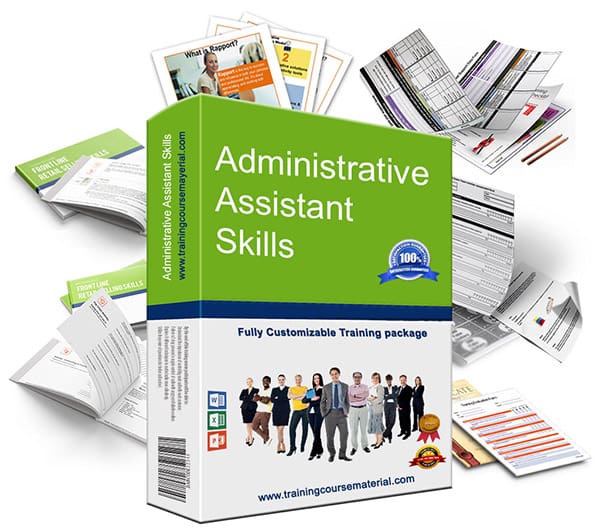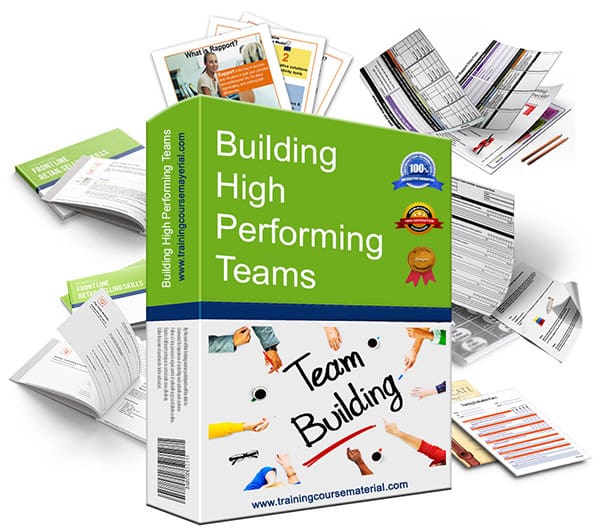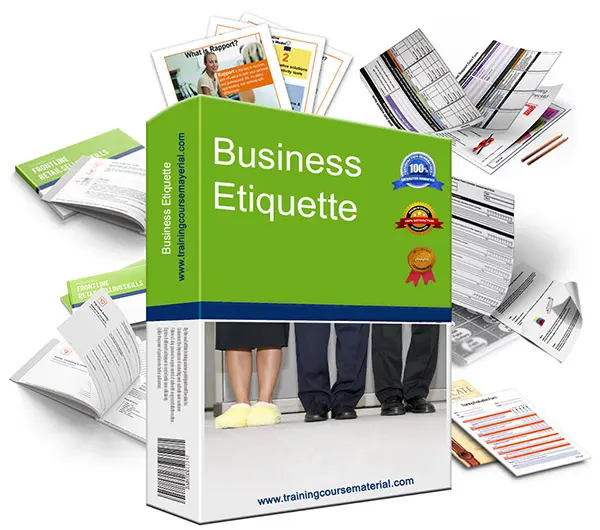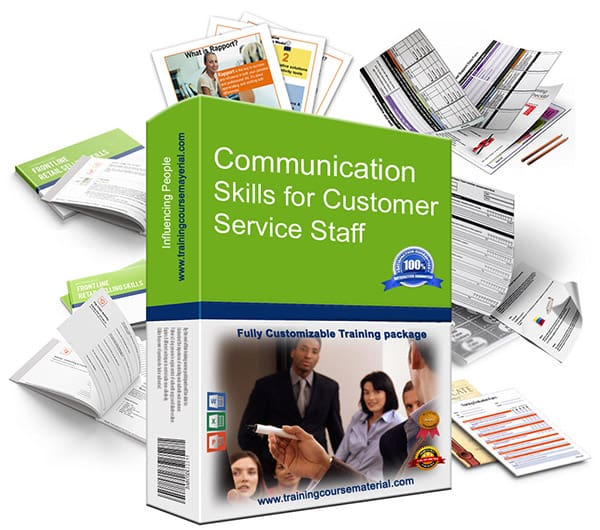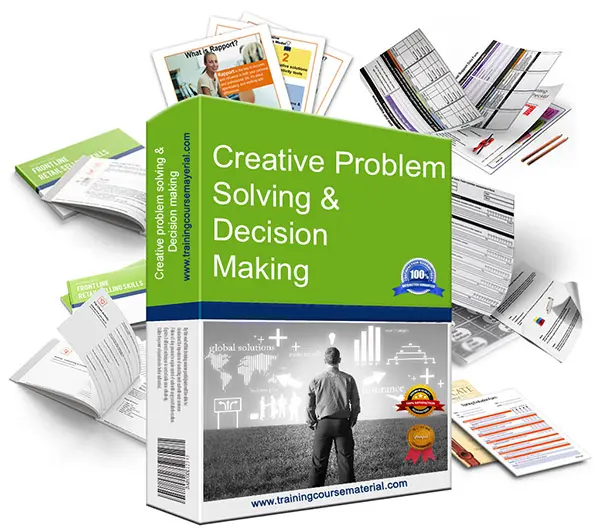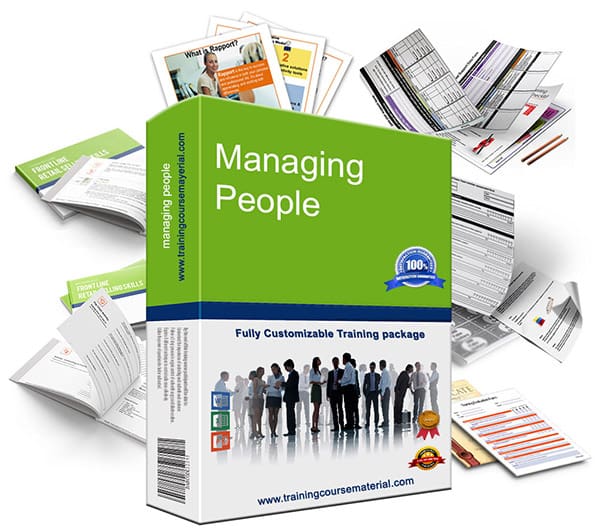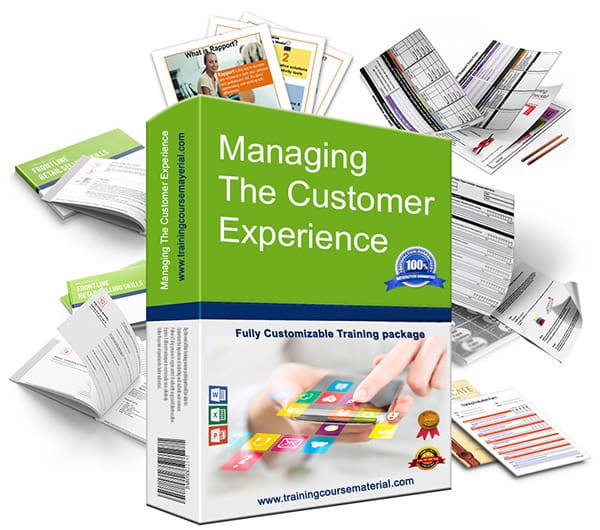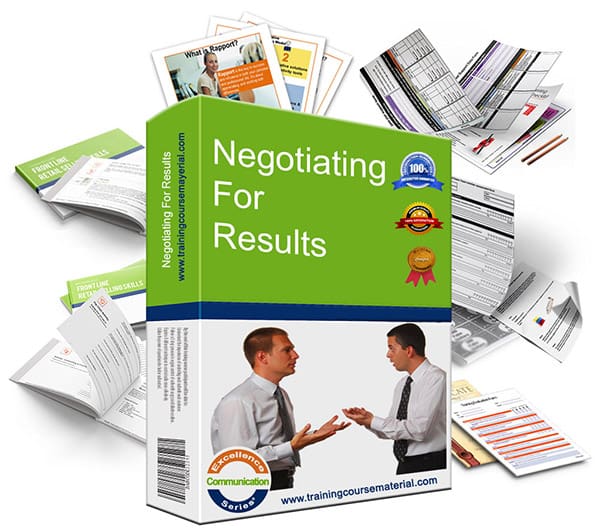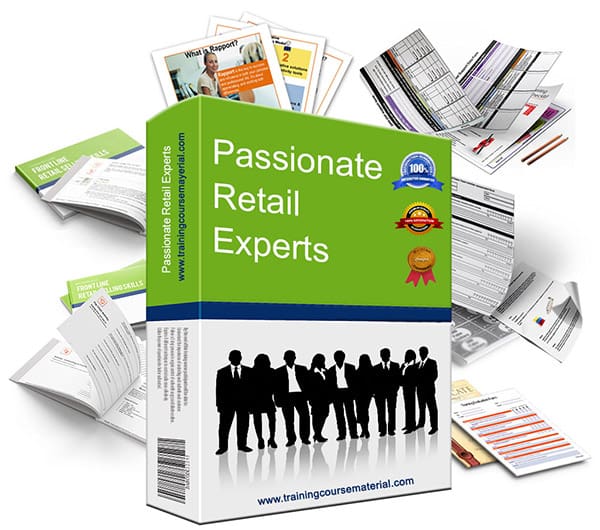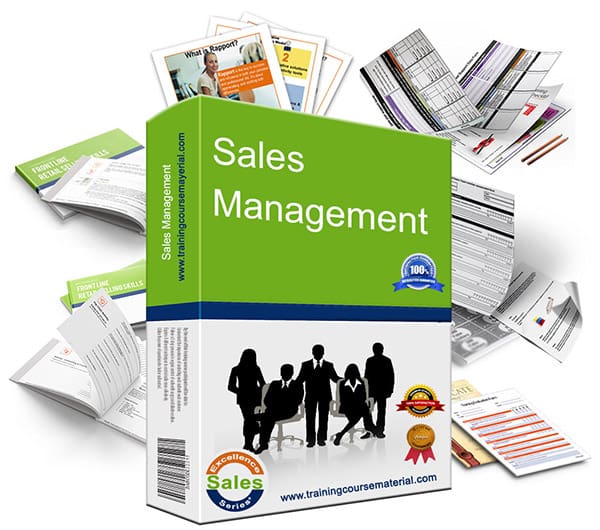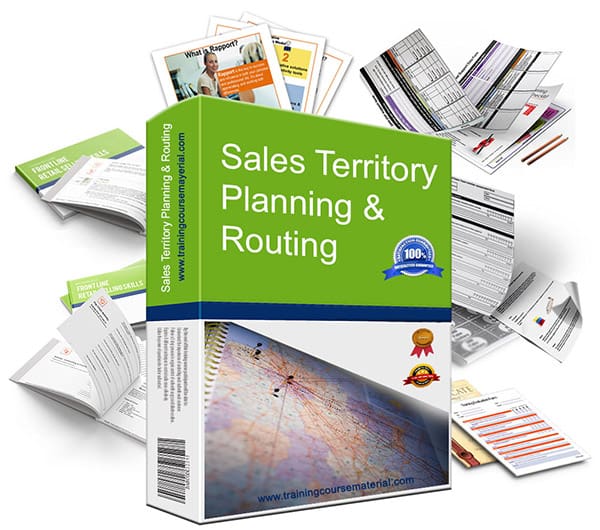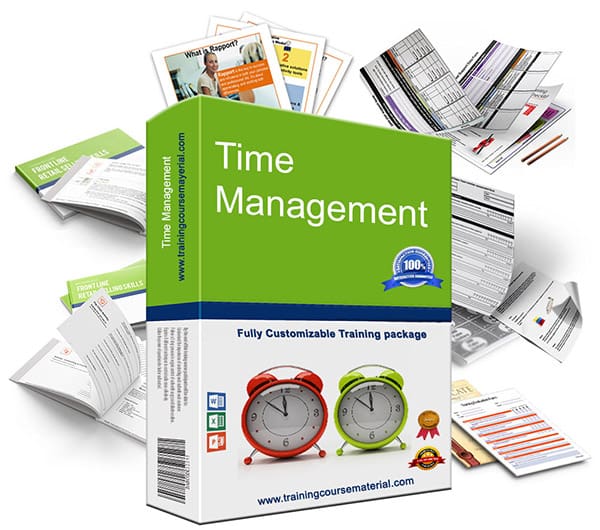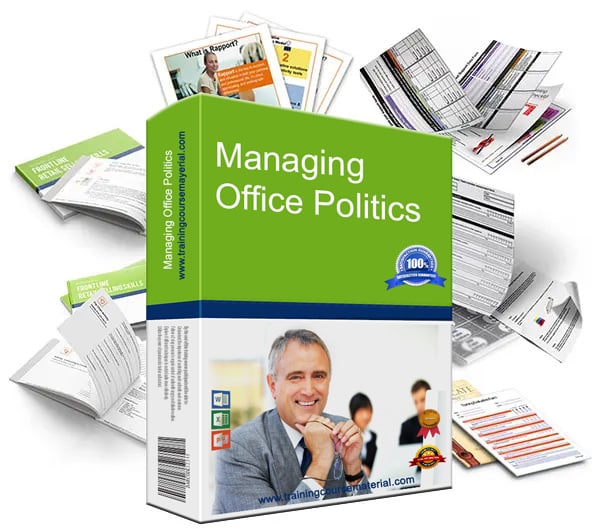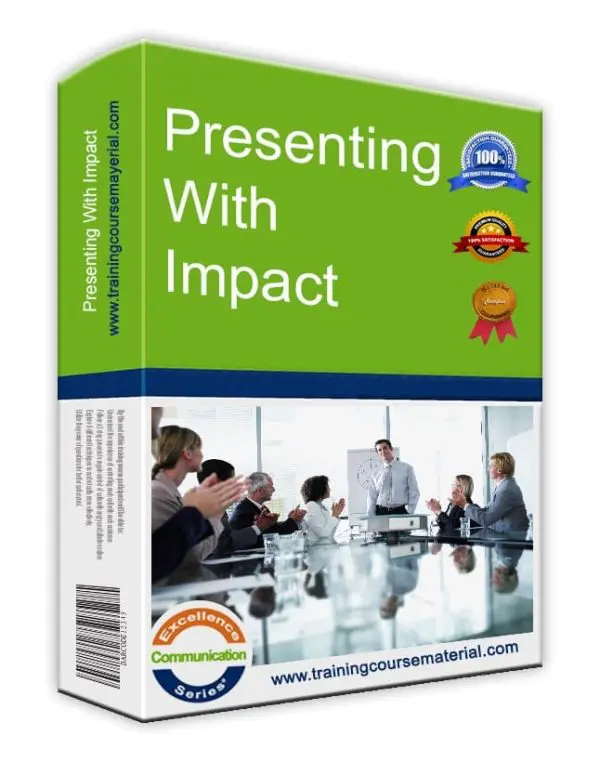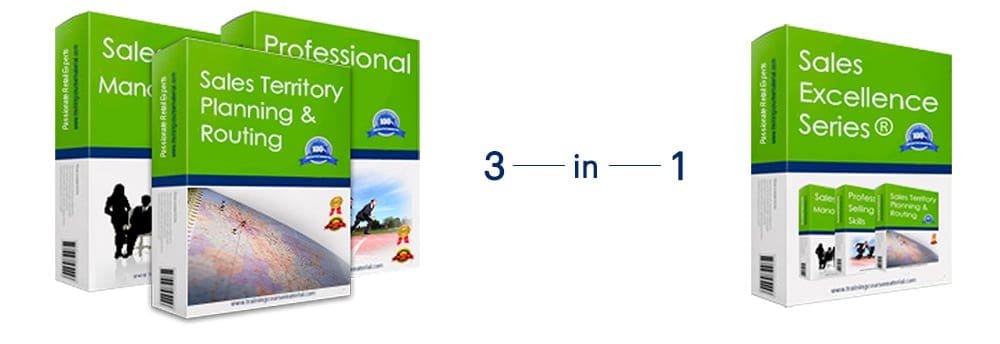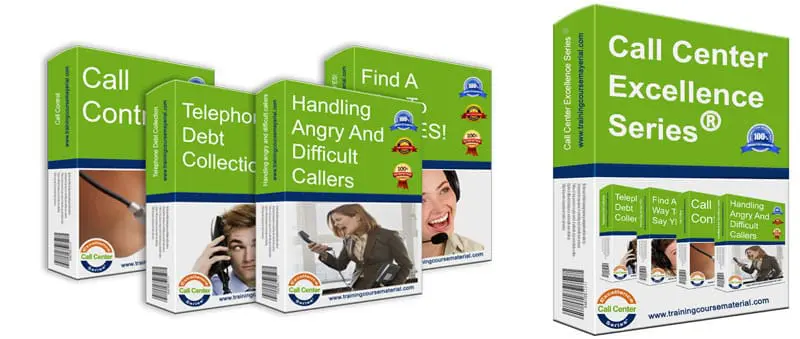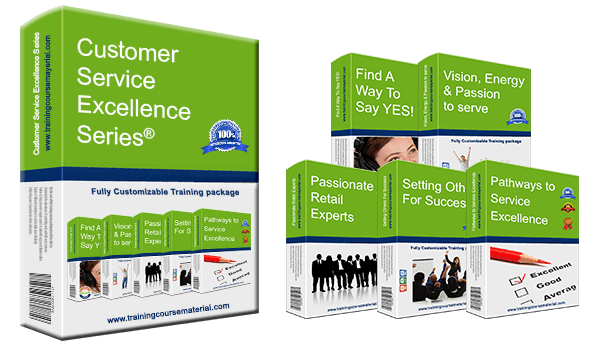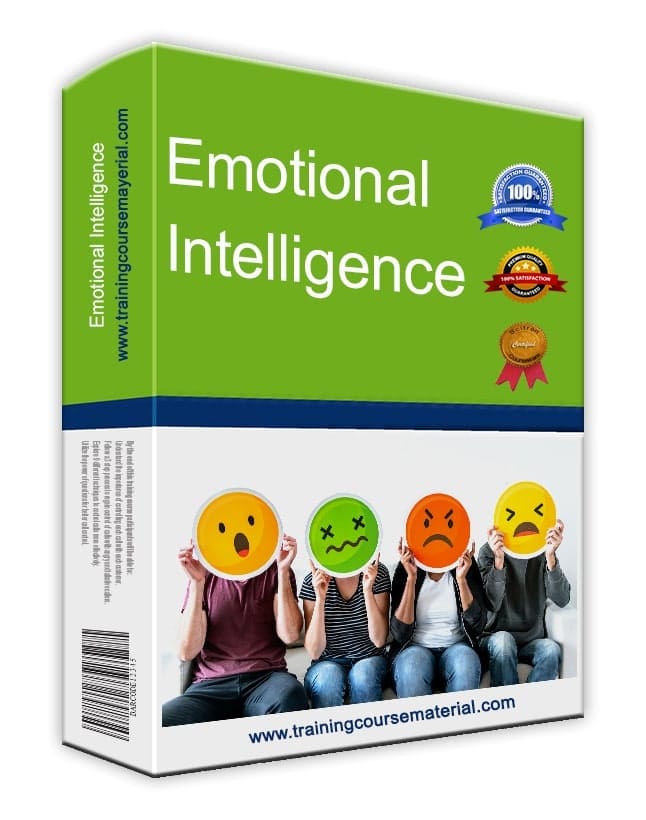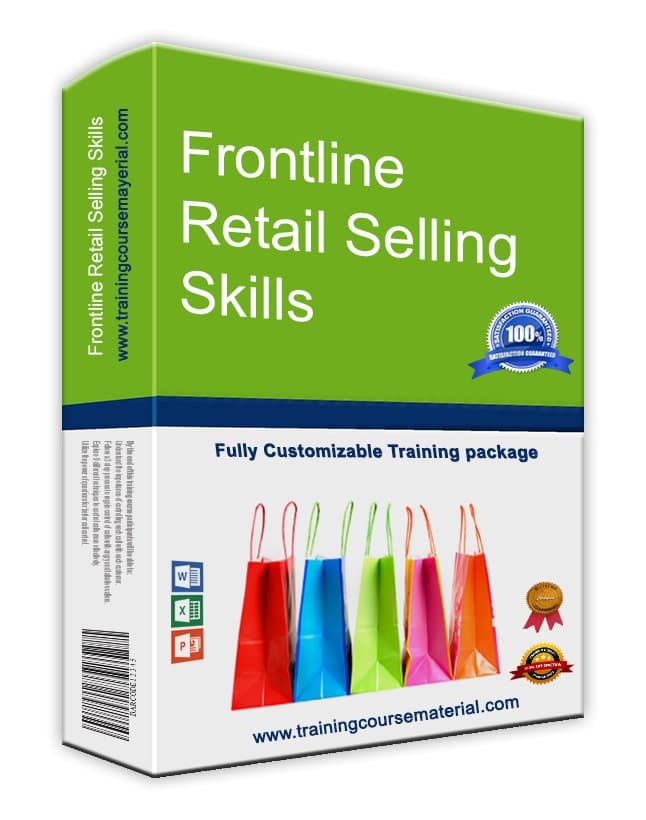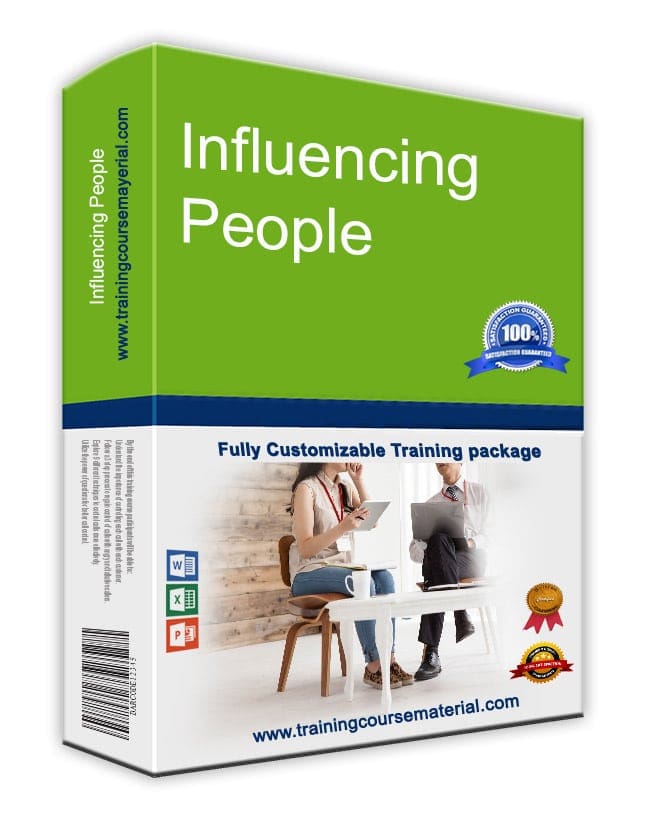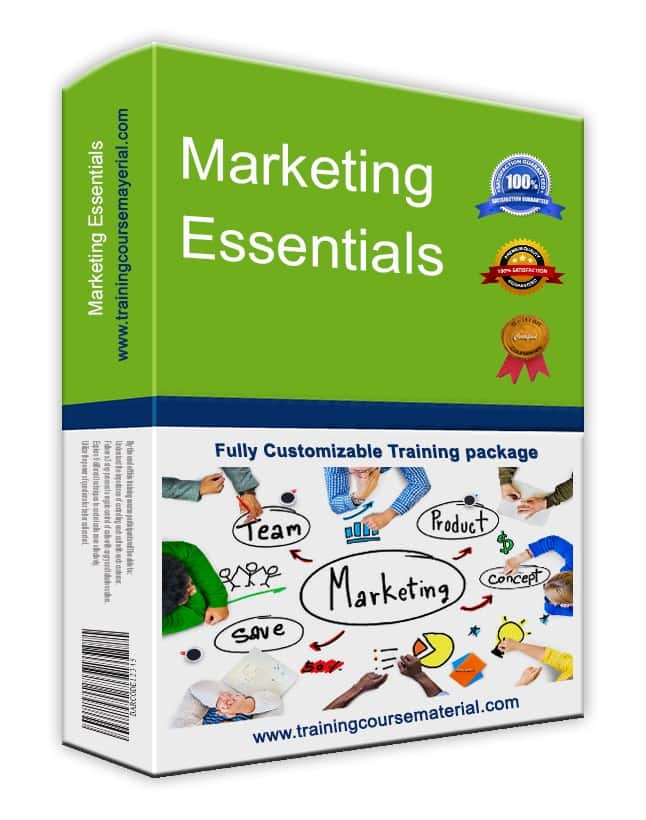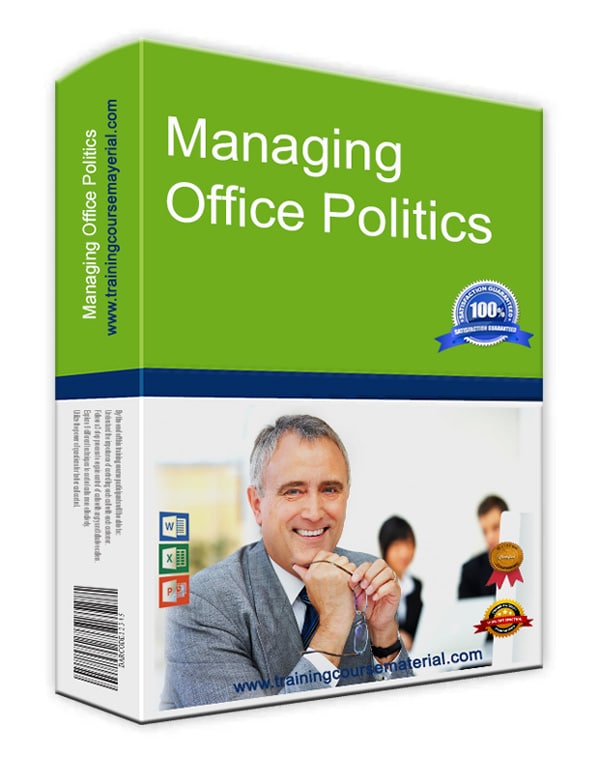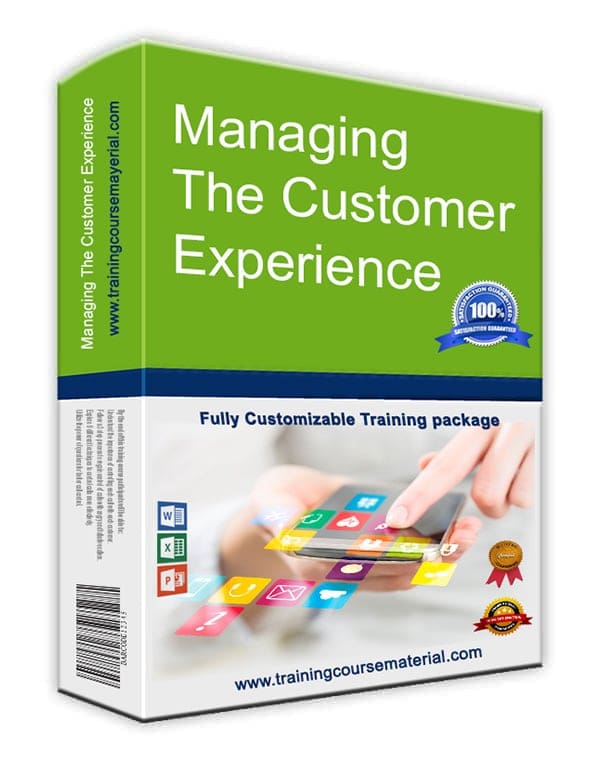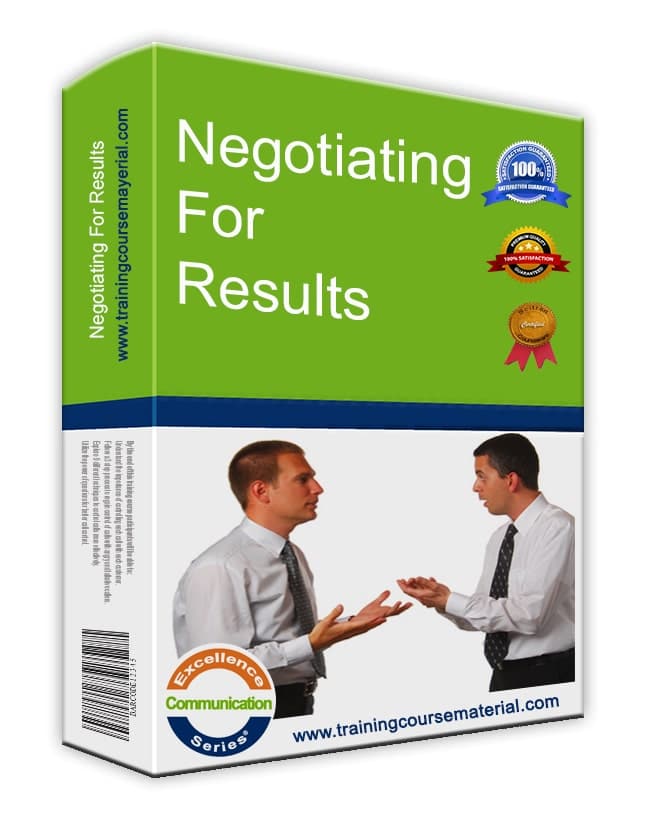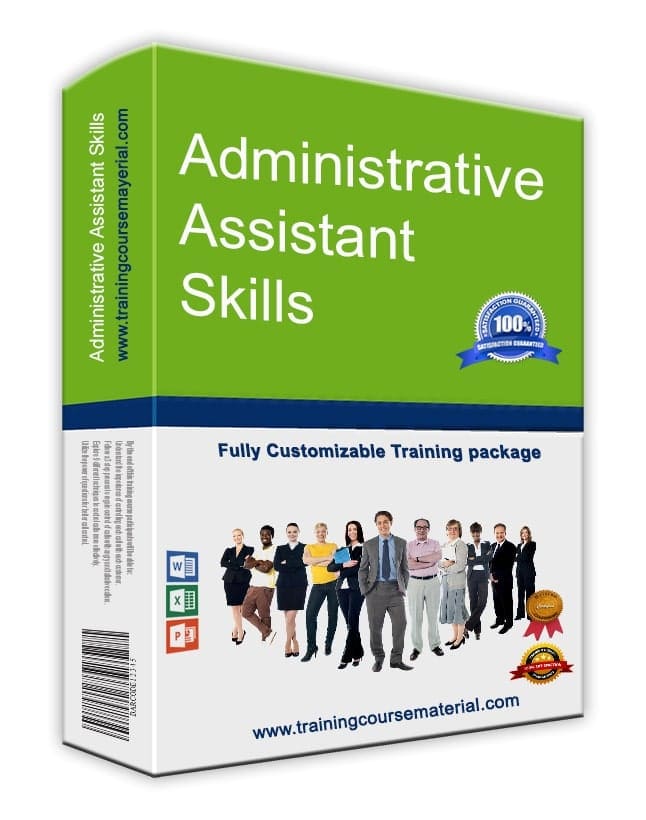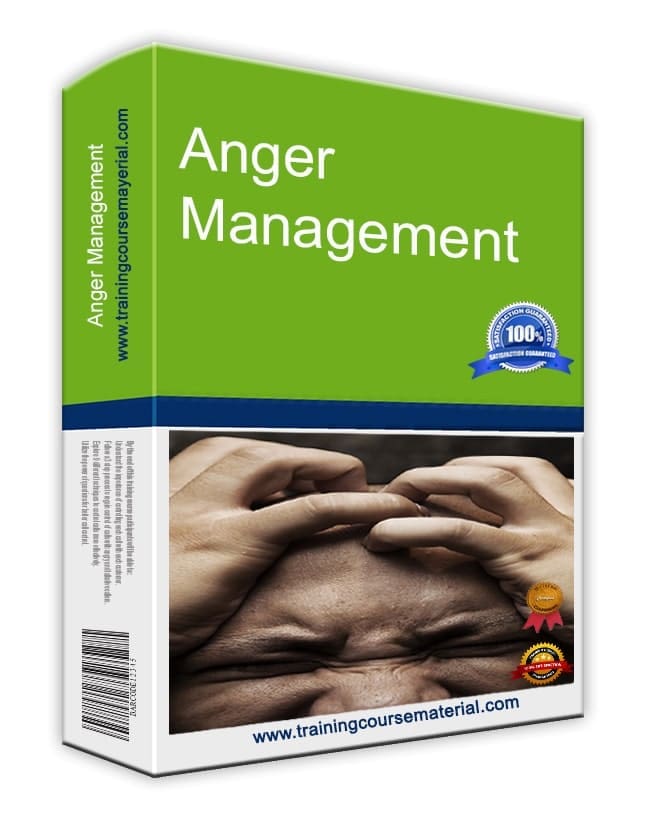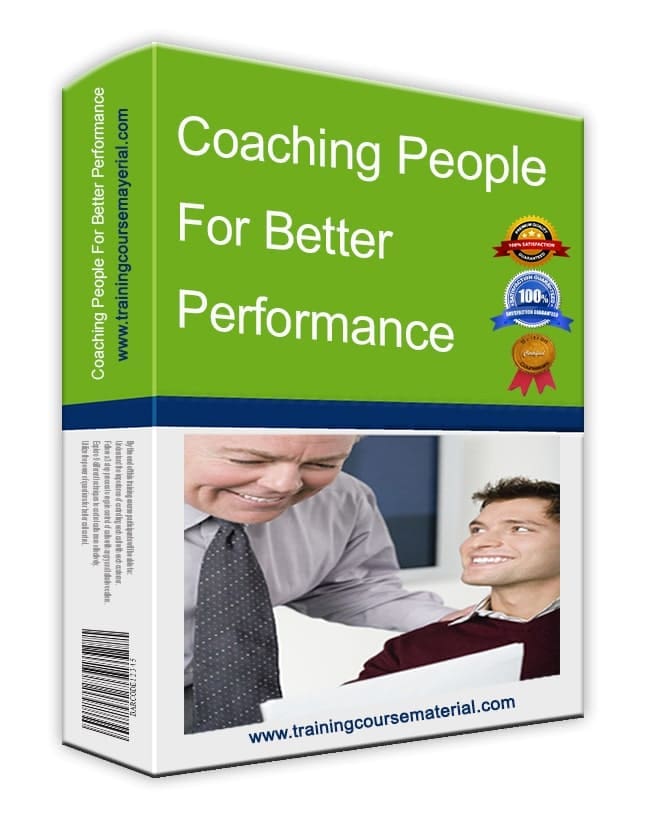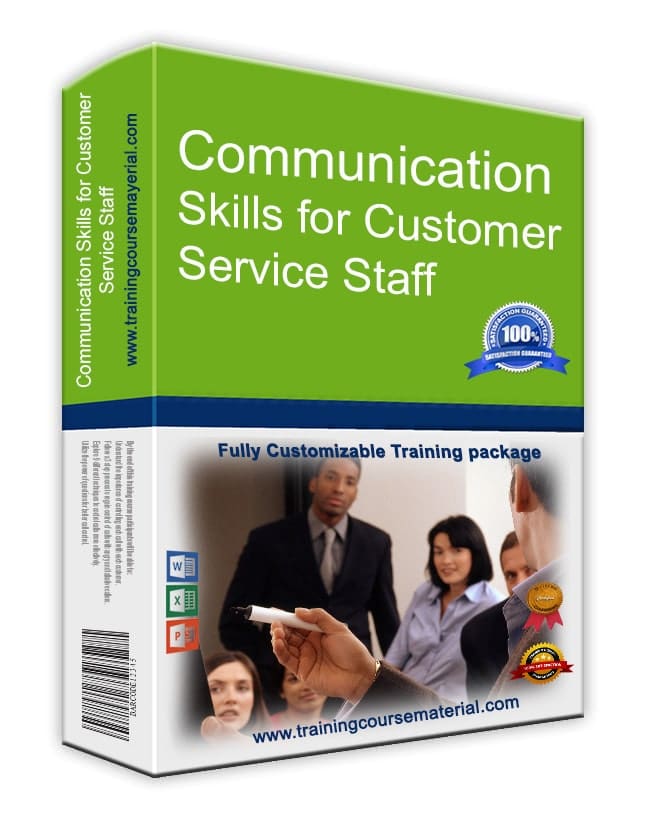Three Activities for Your Next Coaching Training Program
Overview: Engage your participants with these interactive coaching activities designed to enhance coaching models, goal-setting discussions, and the mindset/skillset of effective coaches.
Activity 1: Practicing Coaching Models (GROW and Continuous Support)
Time: 30–40 Minutes
Objective: Practice two common coaching models to build confidence and structure in coaching conversations.
Steps:
- Introduction: Briefly introduce the GROW and Continuous Support models.
- Role-Play #1: Continuous Support Model
- Scenario: A team member is struggling with time management.
- In pairs, one acts as the coach, one as the coachee.
- The coach uses the Continuous Support model: listen, ask open-ended questions, and offer suggestions.
- Role-Play #2: GROW Model
- Scenario: An employee seeks career development guidance.
- Coach applies the GROW structure: Goal – Reality – Options – Way forward.
- Debrief: After each role-play, reflect on challenges and what worked. Compare models and discuss adaptation techniques.
Key Learning: Participants will gain firsthand experience applying coaching models and learn to adapt their approach based on the conversation.
Activity 2: Coaching Concepts and Goals Discussion
Time: 25 Minutes
Steps:
- Introduction: Share the value of coaching and how it supports performance growth.
- Group Discussion: Ask: What does coaching mean to you? What goals does it serve?
- Concept Presentation: Introduce active listening, powerful questioning, and goal-setting.
- Small Group Work: Assign each group a goal (e.g., better communication, engagement). Ask them to brainstorm coaching strategies for that goal.
- Group Presentations: Share insights with the class.
Key Learning: Participants learn to connect coaching principles to practical workplace goals and develop actionable strategies.
Activity 3: Skillset and Mindset of a Successful Coach
Time: 25–30 Minutes
Steps:
- Discussion: What’s the difference between skillset and mindset in coaching?
- Reflection: Ask participants to list their own strengths and improvement areas.
- Pair Share: Discuss insights with a partner.
- Role-Play Scenarios: Practice coaching while demonstrating key mindset attributes (e.g., non-judgment, empathy).
Key Learning: Participants understand how both mindset and skills contribute to coaching success and apply both in practice.
Bonus Activity: Coaching Observation Triads
Time: 25 Minutes
- Setup: Groups of three rotate roles: Coach, Coachee, Observer.
- Observer: Uses checklist to provide feedback on techniques, tone, and use of models.
- Debrief: Discuss observations and takeaways as a group.
Bonus Activity: Coaching Bingo
Time: 15 Minutes
- Setup: Bingo card with coaching behaviors (e.g., "paraphrased feedback", "asked open question").
- Watch demo coaching or peer activity and mark off observed behaviors.
- Debrief: What did you notice? What was missing?
Related Training Material
To deliver a full coaching course including slides, trainer guide, handouts, and activities, check out the complete package:
Coaching People for Better Performance – Training Material Package

